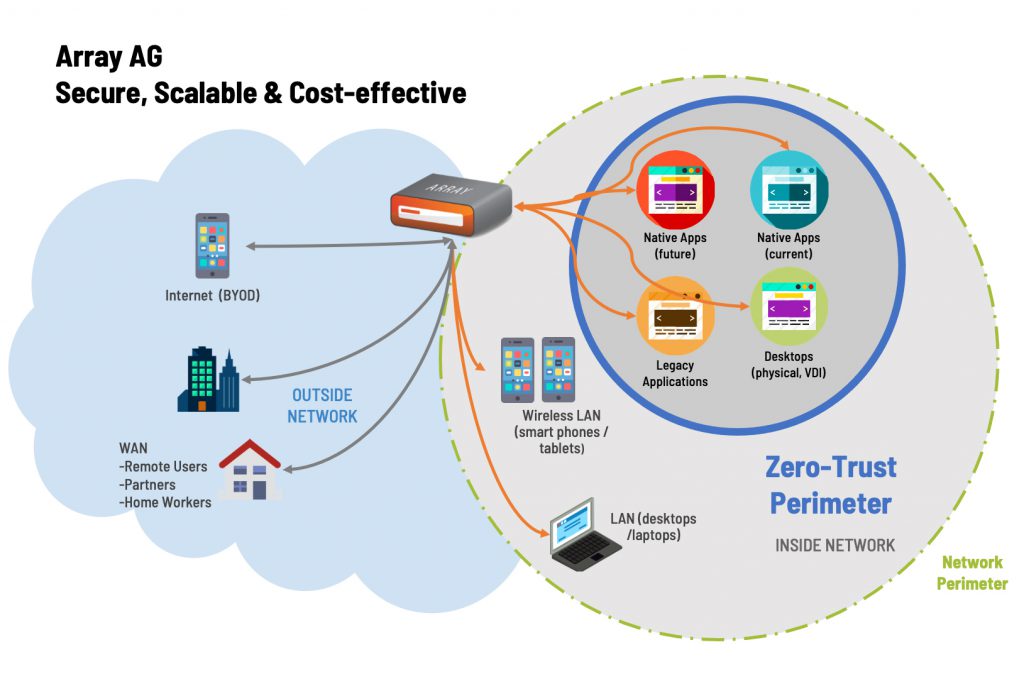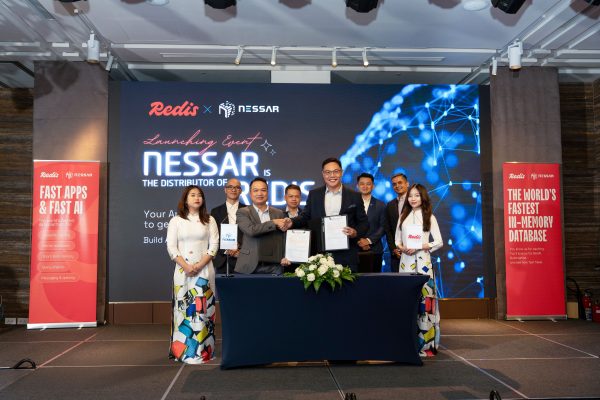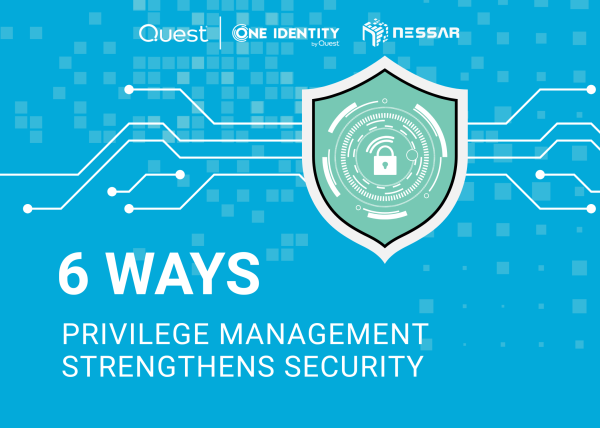Let’s Get Braced For The “Next Normal
Posted on by admin.nessar
Networking Trends In 2021: Let’s Get Braced For The “Next Normal
Over the last decade, we’ve seen some of the most significant disruptions in networking technology. However, nothing beats the speed at which the pandemic came bearing unanticipated surprises.
Overnight, quite literally, businesses scrambled to stay connected as their workforce went remote. IDC’s Connectivity’s Renaissance survey asked participants about their top challenges with having employees work from home; 66% responded to security risk.
Moreover, the pandemic accelerated the digital transformation that was to happen over few years. This disruption came with a silver lining, though. The same IDC survey highlights that 45.1% of the respondents would invest in cloud-based communications, i.e., VoIP, video, and other collaboration services.
Therefore, location independence, people-centricity, and enhanced connectivity will fuel trends and evolutions this year (and beyond). As a consequence, CIOs need to stay abreast of changes that will disrupt 2021 to stay connected, ensure business continuity and stay smart by investing in secured networks.
So let’s dive deep into these changes.
Hybrid Working Is Here To Stay
The wave of remote working, in response to the pandemic, wiped out the traditional ways of working and brought in remote working culture, a.k.a. #TheNewNormal. While some companies are still not back at the office with the full workforce, others don’t intend to go back to normal ever. Does this mean employees are simply working from home?
Not necessarily, companies have realized the ill-impacts of working from only the office or WFH situation and have called for a hybrid style of working.
This means employees are free to work from anywhere – be it a coffee shop, coworking space, or any other work-conducive environment. This model will ensure employees’ collaboration and high productivity levels. This, however, brings a glaring concern: security breach.
Working from anywhere means employees will be operating company applications from various devices and locations, making them vulnerable to cyberattacks and threats that hamper business continuity.
A recent stat by Cisco states aptly why there’s a need for a more robust connectivity:
“An average of 4.7 times more employees are working from home now compared to before the pandemic. Many IT teams struggled with scaling to cope with the sudden demand.”
Thus, the work from anywhere situation requires a high-level security and scalability into the network infrastructure so that company data remains safe and speed stays unaffected despite accessing company pages from various locations and devices.
Finally, a stat by IDC puts it all together: “By 2021, at least 70% of digitally enabled SMBs will operate under a hybrid model of working, with remote work emerging as a norm.” Check out our solution to remote working and how we support your business’ transformation from on-site to anywhere working with DesktopDirect.

Network Automation Is Paramount
Network automation is more important than ever. Issues like escalating cost, scalability and business agility have surfaced in light of the global pandemic. Therefore, it’s time companies infuse automation to keep up with the pace at which the world is evolving. According to a Cisco Business Resilience Networking Survey, 2020:
“50% prioritize network automation for addressing disruptions today.”
With the rise of remote work culture, IoT, adoption of cloud infrastructure, and increasing online transactions, we need a central touchpoint to manage traditional and cloud-native applications. That’s where network automation comes into play.
Automation equips the company to handle significantly more service requests without increasing the time. Moreover, it helps NetOps teams clear backlogs, protect, configure, scale, and deliver applications swiftly compared to manual operation. In other words, it eliminates monotonous and manual work.
The time saved with automation allows companies to do more with their existing workforce, eventually reducing cost significantly.
Array ADCs are made to boost application performance in the modern data center, cloud, and virtual environments while cutting cost and complexities – giving speed and ROI to the enterprises while maintaining business agility.
5G – Are We There Yet?
5G was expected to roll out by 2019. We had our hopes high in 2020 as well, and this year, we’re sure to roll out 5G. But wait, are we already talking about 6G, too? Let’s be honest – any new change takes time, and 5G or 6G is no exception.
We need to address that to bring any change; the old needs to be replaced. For, networks, replacement means devices, cost, existing devices connected to WiFi, i.e., laptop, printer, IoT scanners, and more.
This, however, does not mean 5G will not play an integral role. The speed of 5G is significantly more than 4G, and it uses a wider band of the spectrum. Specifically, 5G is 100 x faster than 4G. 5G will drive the next-generation changes in the network technology and be critical for businesses where reliability, speed, and reduced latency are paramount.
AI Will Drive Digital Transformation
AI is a boon for IT users, as it is for the end-users. Moreover, the lessons learned from the jolt of the pandemic are not forgotten. We already see innovations like IoT-enabled self-driving vehicles, which indicates that AI is a promising trend to look forward to in 2021.
AI will intelligently detect accurate, real-time traffic and recognize any malicious activities. Right now, we’re using the algorithms monitoring networks that look for potential suspicious activities and high traffic, such as Distributed Denial-of-Service (DDoS) attacks and hacks.
AI will take this to a whole new level by collecting real-time data and brace companies for prominent events and special occasions where we anticipate large traffic, such as Black Friday, Olympics, and more.
For example: in the healthcare sector, an AI-built network will scan thousands of documents in minutes and empower medical professionals to make quick, accurate decisions about their patients.
Another great example could be the use of AI against tax evaders and frauds since it will eliminate any biases and offer scalability and precision. These are just a few examples, industries like customer service, entertainment, pharmaceutical research will also benefit from AI-infused networks. Moreover, AI will work beyond just designing the network; it will manage, maintain and protect it.
AI will continue to be a disruptive force in network management, offering advances that are critical to availability and security of critical resources. As we adopt remote working and look forward to the 5G network, it’s integral to introduce AI-enhanced networks that will enable speedier, smarter, and more secure operations
Cybersecurity, The Essentials
In response to the pandemic, quick pivots and disruptions had to take place in the form of dependence on digital channels, e-signatures, cashless transactions, and other digital interactions.
However, these changes came bearing security breach risks like ransomware, scams, and cyber-attacks and put a dent on the business’s cost and reputation. Palo Alto Networks, a cybersecurity company, reports that scamming schemes have increased by 650%.
It’s evident that every new disruption exposes and threatens the company’s security and data; but there’s always a light at the end of the tunnel. Companies need to reassess their security investment and strategies to combat concerns like DDoS attacks, backup circuits, and more while keeping the high-traffic coming in.
The IDC FutureScape: Worldwide IT Industry 2021 Predictions states:
“By 2022, 65% of CIOs will digitally empower and enable frontline workers with data, AI, and security to extend their productivity, adaptability, and decision making in the face of rapid changes.”
Check out our solution for iron-clad security with Network Functions Platform.
The World Adopts Cloud
In response to the pandemic, IT leaders are opting for cloud services to improve business resilience. As Gartner says:“Distributed cloud is the future of cloud.” The distributed cloud essentially means distributing cloud services to various locations while operating responsibilities remain with the public cloud provider.
Companies use a multi-cloud approach to distribute workload, applications and data across on-premises and public clouds. This enables cost reduction, flexibility, and increased security. IDC states in its report:
“21% of organizations are moving additional workloads to the public cloud due to pandemic-related CapEx issues.”
Clearly, the public could facilitates a quick transition from on-premises to remote work and ensure business continuity amid unanticipated circumstances. Moving forward, there will be a need for technologies like SaaS, POS solutions, touchless technologies, and more to enable cost-effective and robust operations.
Are You Ready For The Next Normal?
It’s apparent that the world is moving at lightning-fast speed, and the pandemic has already accelerated the digital transformation. We’ve also seen how companies can be exposed to cybercrimes and how they can respond with best practices.
In short, this year is going to be about speed, security, and, more importantly, staying connected. Array Networks adapts to the latest technologies by bringing nothing short of best-of-breed for your company. Explore our website and get to know more about our solutions.
Source: Array Networks
View more post: nessar.net
Technical Contact:
Mr.Công: 0889221188
Technical Contact:
Mr.Hiệp: 0886221166
Sale-channel Contact:
Mr.Long: 0916581818








